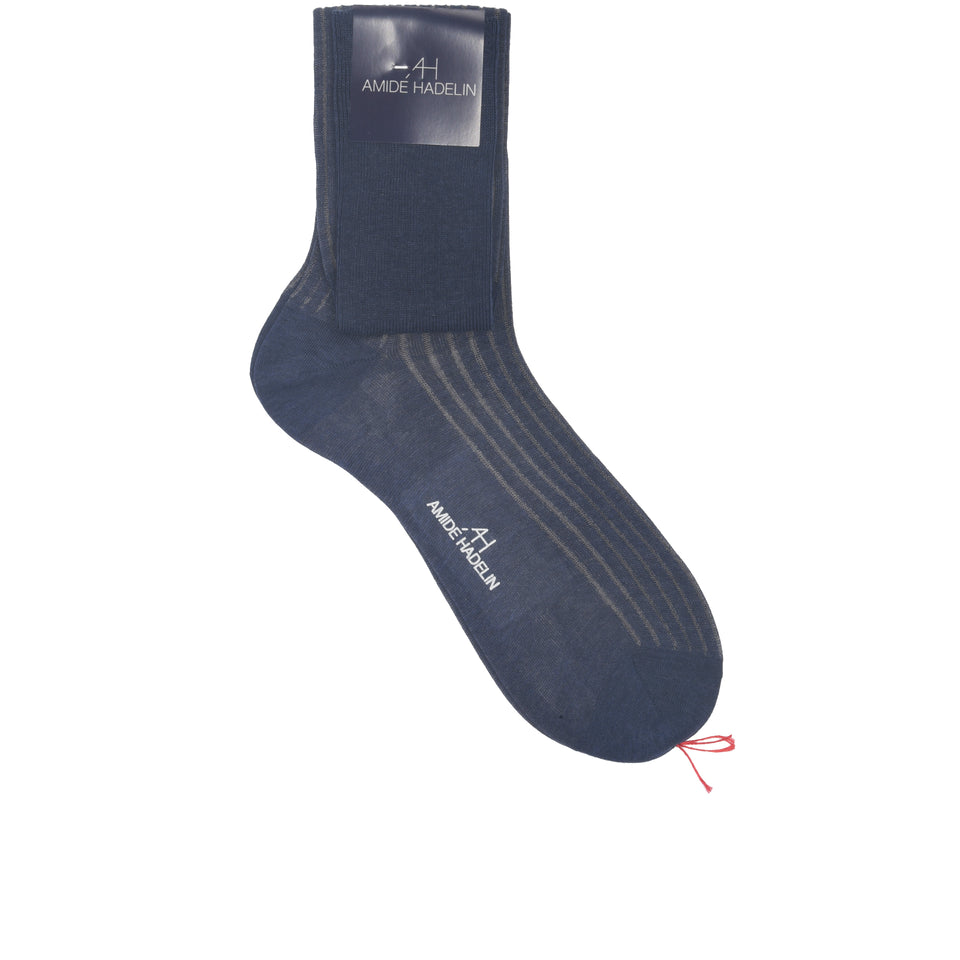Flea Spray
Active Member
- Joined
- Oct 31, 2010
- Messages
- 28
- Reaction score
- 0
Most wool suit jackets I see have completely synthetic linings. I suppose very expensive jackets may well use natural fibres, but is there any reason linings on most off-the-peg jackets are totally synthetic?
I was looking at linen jackets during the summer and noticed they all had polyester linings, which surely impacts on each jacket's ability to keep you cool? It can't only be cost because even the middle priced linen jackets had synthetic linings.
And my main question is, what are the physical benefits of the commonly used synthetic fabrics that make manufacturers choose them for linings, and often mix them?
For example, A coat in a shop I looked at yesterday said the following:
Body Lining: 100% Viscose
Sleeve Lining: 52% Polyester, 48% Viscose
Why viscose, and why did they add polyester to the sleeves but not the body? And why do other coats use nylon, rayon and other fabrics for the lining, sometimes using 100% fabrics and other times mixtures of two or more in widely varying proportions?
I was looking at linen jackets during the summer and noticed they all had polyester linings, which surely impacts on each jacket's ability to keep you cool? It can't only be cost because even the middle priced linen jackets had synthetic linings.
And my main question is, what are the physical benefits of the commonly used synthetic fabrics that make manufacturers choose them for linings, and often mix them?
For example, A coat in a shop I looked at yesterday said the following:
Body Lining: 100% Viscose
Sleeve Lining: 52% Polyester, 48% Viscose
Why viscose, and why did they add polyester to the sleeves but not the body? And why do other coats use nylon, rayon and other fabrics for the lining, sometimes using 100% fabrics and other times mixtures of two or more in widely varying proportions?


